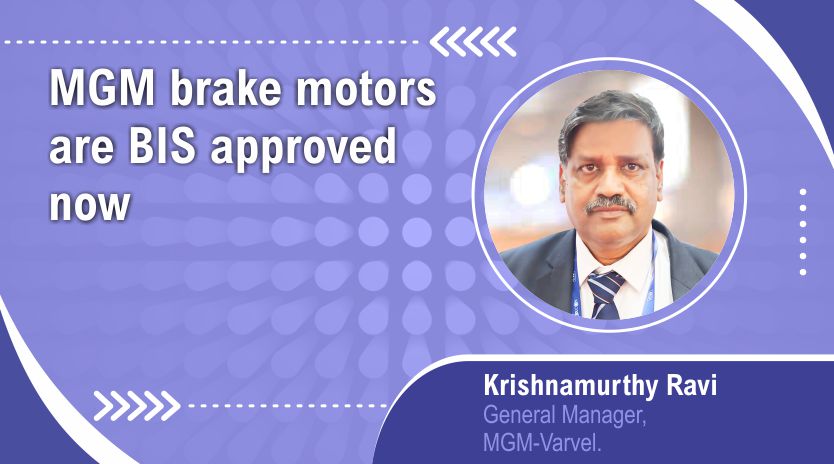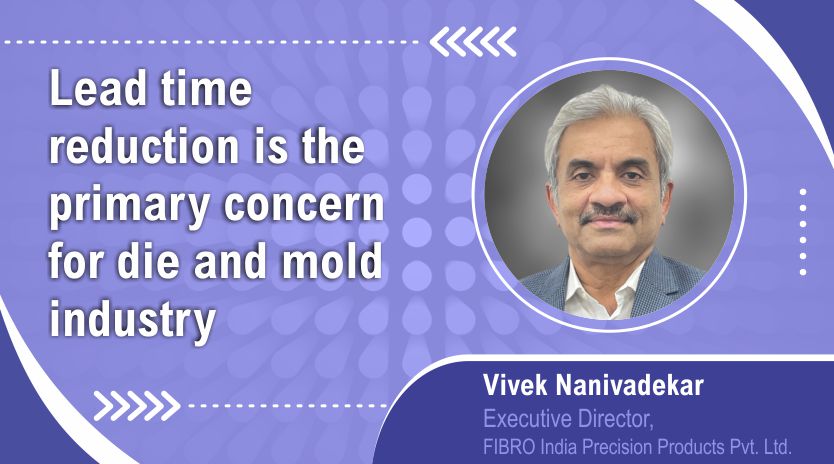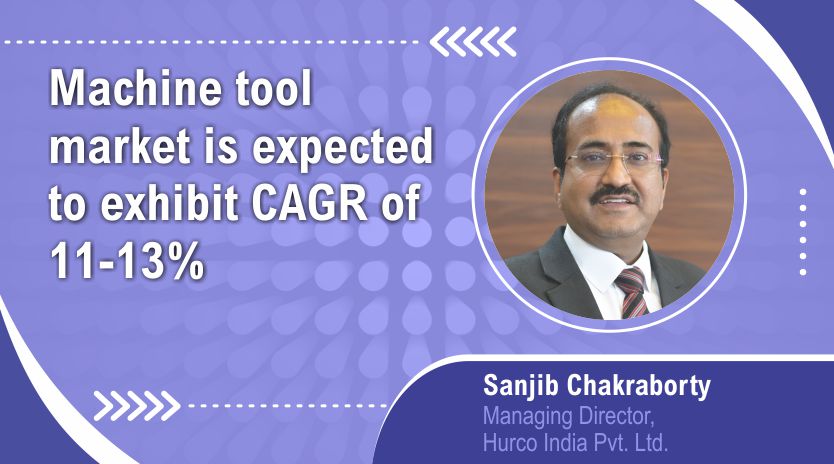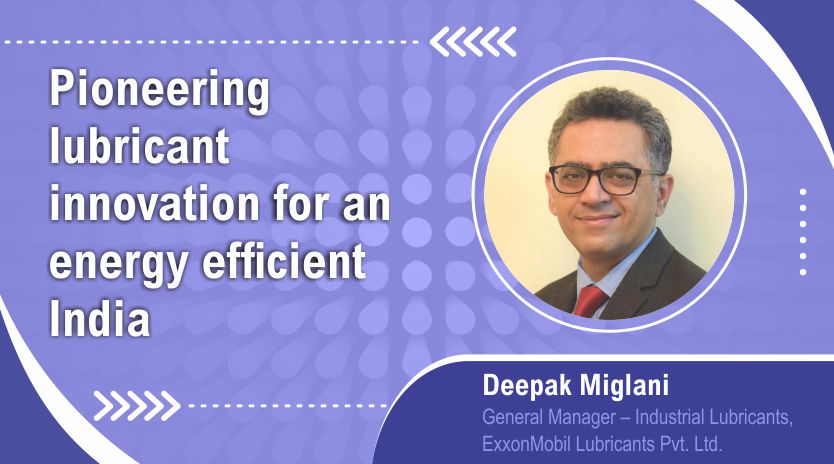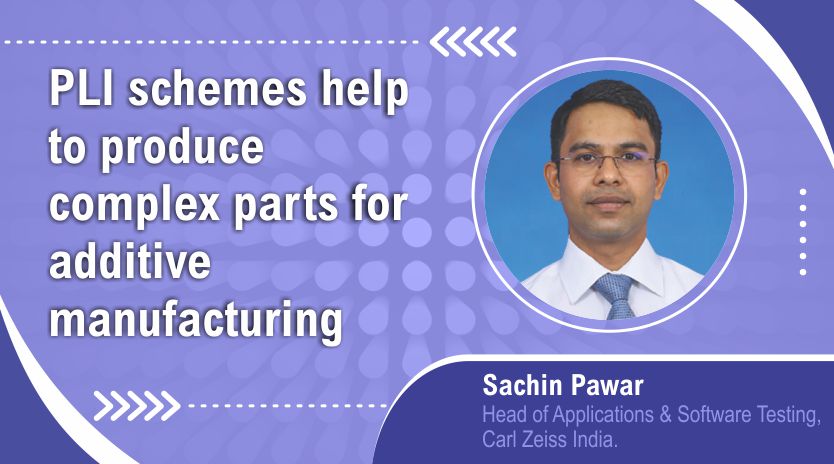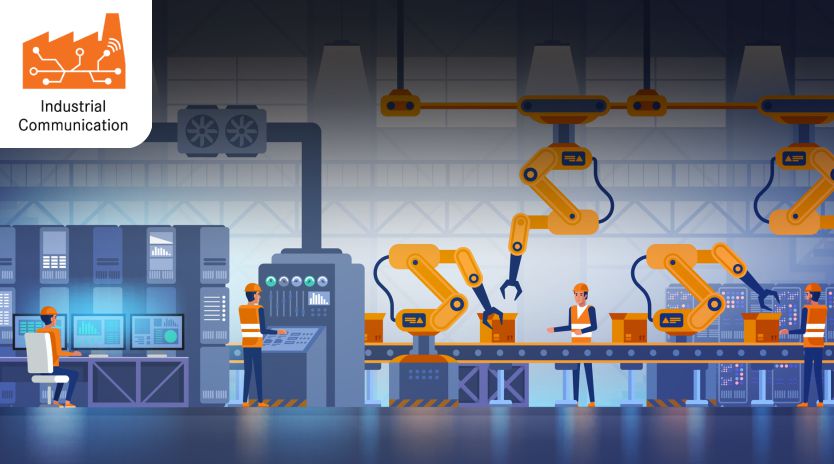Implementing Industry 4.0 needs a multidisciplinary approach
By OEM Update Editorial April 14, 2020 4:12 pm IST
Rajesh Nath, Managing Director, German Engineering Federation (VDMA) talks about the measures manufacturers, including SMEs, can take to move towards an Industry 4.0 environment in a budget-friendly, step-by-step manner that will be beneficial for all the parties involved. He also discusses how VDMA is helping companies in this regard.
What according to you are the benefits of Industry 4.0 for manufacturers?
I would like to attribute to the following benefits for adapting Industry 4.0 to manufacturers like higher quality, greater flexibility, higher productivity, standardised development, faster launch of products in the market, continuous benchmarking and improvements, attractive jobs by integration of engineering, automation and IT, and new services and business models.
How are government schemes like Smart Advanced Manufacturing and Rapid Transformation Hub (SAMARTH) – Udyog Bharat 4.0 helping OEMs to increase adoption of Industry 4.0?
I think schemes such as SAMARTH – Udyog Bharat 4.0 under the aegis of the Department of Heavy Industries would act as an enabler for increasing the penetration of Industry 4.0 to India by 2025. As implementing Industry 4.0 requires a multidisciplinary approach, I am fully confident that this initiative encompassing various aspects like awareness creation, setting up experience demo centres, training and skill development, industry–academia cooperation, engineering research, and international cooperation would be helpful to create an ecosystem in our country. In addition, setting up 5 incubation centres and the creation of 15 Innovation Technology Hubs, albeit in the initial stages, displays the commitment of the government towards developing the Industry 4.0 environment in India.
What steps manufacturers need to take to move towards an Industry 4.0 environment? What kind of budget do manufacturers need to set aside for adopting Industry 4.0?
We think from our experience that the steps required to ensure a successful transformation of manufacturers towards Industry 4.0 are to check the readiness level of the manufacturer followed by transparency in responsibility, right technology selection, robust process integration, and effective change management. We cannot quantify the budget required for the implementation of Industry 4.0. However, the transformation cost comprises fixed, variable and recurring cost blocks for hardware and software tool purchase, customisation, and implementation.
What are the hurdles in the adoption of Industry 4.0?Hurdles canbe broadly classified into two parts: adaptation and implementation challenges. Key issues like uncertainty in capex requirement and ROI availability, limited cybersecurity infrastructure and information storage infrastructure, and fear of failure come under the adaptation challenge. On the other hand, issues in integration of new and old technologies, customised data selection for decision making, best-fit economical solution, and lack of skill sets to operate and support the new system are some of the issues which we identified on the implementation side.
How can manufacturers deal with challenges like supply chain, security, knowledge enhancement and skill upgradation in the process of adopting Industry 4.0?
I think that association with the right transformation partner would help the organisation to overcome these challenges to initiate the next level in the transformation journey.
How is your organisation’s experience in the Industry 4.0 journey?
In order to carry forward this transformational journey, VDMA has established an Industry 4.0 Forum. Together with members, this forum coordinates with industry, research bodies, and policymakers in Germany and Europe on various aspects of implementation of Industry 4.0. I would like to share some of our landmark initiatives in the journey of Industry 4.0 in Germany.
VDMA together with Fraunhofer Institute has established guidelines based on the IEC Standard Open Platform Communications, Unified Architecture (OPC UA) for Industry 4.0. These guidelines show action steps that help to implement the Industry 4.0 communication in the organisation and are based on standardised and consistent exchange of information across all layers of automation systems. Further, it has developed guidelines for Industry 4.0, sensors, data protection, and security to help SMEs in digital transformation. We have also prepared an online self-check toolbox to determine the Industry 4.0 maturity of the member companies. More than 18,000 companies participated in the test since 2015. VDMA has also prepared an online cost-benefit calculator for its members.
Schemes such as SAMARTH – Udyog Bharat 4.0 under the aegis of the Department of Heavy Industries would act as an enabler for increasing the penetration of Industry 4.0 to India by 2025.
Cookie Consent
We use cookies to personalize your experience. By continuing to visit this website you agree to our Terms & Conditions, Privacy Policy and Cookie Policy.






